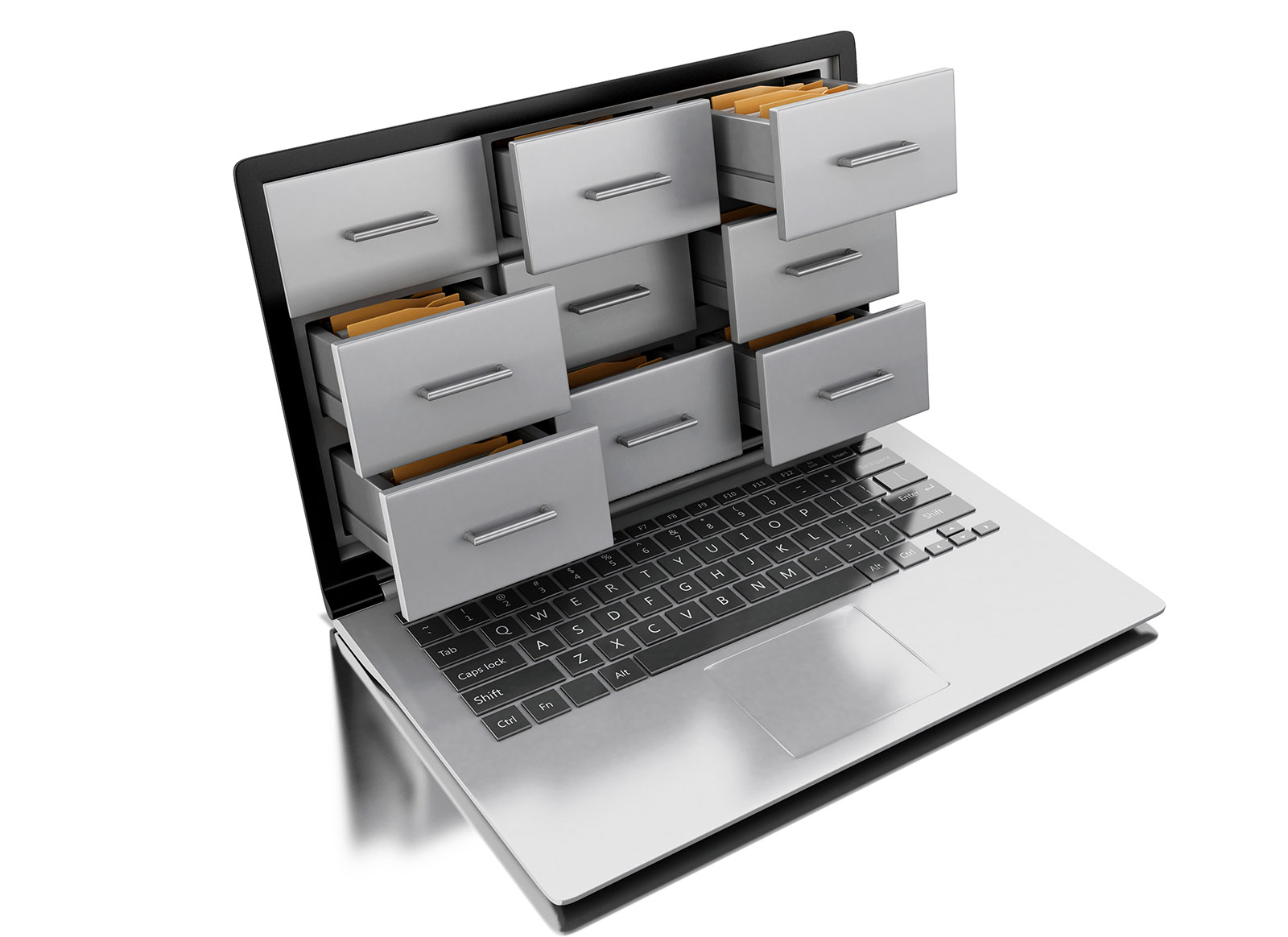
A Request for Proposal (RFP) is a query with which in-house legal departments can outsource their work to external law firms. Especially nowadays, when legal departments must do more for less, the RFP is becoming an increasingly important tool.
A typical use case is when a business unit needs legal advice and turns to their in-house lawyers for it – this could be a request for an answer to a simple query or, at the other extreme, the organization is contemplating a merger with another company or is facing some severe litigation. Ideally, the in-house team has an internal knowledge management or transaction information system containing a record of previous advice or work undertaken for the business. The legal team then needs to ask themselves, can the request be handled internally?
If the work carries high risk, needs significant resources, and has areas needing specialist expertise, involve the organization’s external legal advisors from the start. If this is the case, we need to begin selecting an external law firm to instruct. The in-house department will send a Request for Proposal (RFP) to decide on the law firm to undertake the work.
An RFP for legal services involves a client corporation requesting law firms or legal service providers to submit proposals to do work on behalf of the client’s internal legal team. This can range from a basic fee estimate to a full RFP for significant legal work. Clients create and share RFPs with their legal service providers; they can set vendor selection criteria, track responses, and monitor submission rounds before selecting the preferred firm and inviting that firm to begin the work. RFPs can also go to legal service providers, including those that provide law firm services and not just legal advice, for example, eDiscovery, document review, secondees, or other managed services.
WHICH INFORMATION IS TYPICALLY IN AN RFP?
If an RFP is going to one or more law firms that are new to the client and have not previously been asked to provide their background and work experience information or are not on a client’s panel of firms, then more information of the following nature will be required:
- A firm’s overview will require an introduction to the firm, office locations, lawyers, and jurisdictions.
- Information about diversity, legal industry awards, and other firm accomplishments is also essential.
- A description of experience by practice area, including supporting detail in terms of example cases to help to highlight the firm’s depth of expertise.
- References – ideally of the type applicable to the law firm proposal or RFP.
- IT capability, including data privacy and security policies, and good 24/7 communications demonstrate the law firm’s robust in-house technical ability.
- Law firms should demonstrate their capability to provide invoices consistent with any format specified in the client’s billing guidelines.
However, suppose we discount the RFP to establish the suitability of a new law firm to work for a client. In that case, we should look at the contents of the more “run of the mill” RFP when a client is looking for a proposal/quotation for a new matter but from a controlled list of panel firms, for example. While every law firm proposal differs, several central sections will appear in most RFPs.
Basic sections of an RFP include:
- Timeline: The RFP will have dates for the submission and, possibly, the work itself.
- Contact persons and responsibilities: The vital contacts of the client and responsible lawyers in the firm. The client can select the lawyers the RFP should go to and who should respond.
- Staffing plans: The client will expect the law firm to detail the staffing plans for the matter, including the time estimated for each timekeeper classification and the ratio between them.
- Rates and pricing: The client will require the law firm to quote the rates they will charge for each timekeeper classification, the total fee estimate and any expenses, what discounts might be available, and suggest any alternative pricing arrangements they could offer.
- Scope of work: The client will specify the content of the work, giving as much information as possible. A good RFP will have templates for different matter types to assist the law firm in defining how much work is required and the success criteria. This will also include which jurisdictions are covered by the RFP, and it may also allow the matter to be broken down by phase, to get a more granular estimate of the expected costs.
- Representative Cases: A law firm might need to provide a list of comparable matters it has completed (suitably anonymized) to reinforce its experience.
The time is ripe to get more out of your legal department with simple means. In our “What Legal Ops Teams Should Know About RFPs” blog, we examine the RFP process and explain how our legal spend management solution helps streamline it.
Request a demo to see our powerful legal spend management solution tool for yourself.








